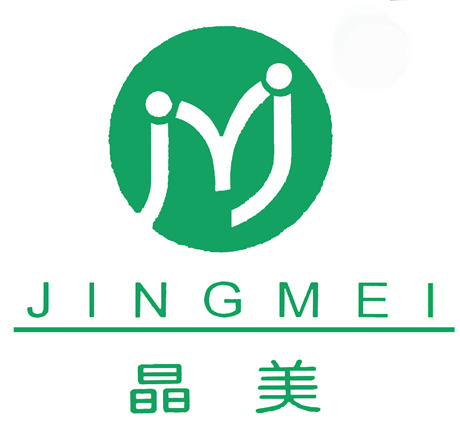NEWS
Future development direction of high-end curtain wall glass for construction
Published:
2020-04-13 09:51
Author:
With the continuous advancement of energy saving and emission reduction strategies, building energy saving, which accounts for 30% of the total energy consumption of the whole society, has attracted more and more attention from the society. Building energy efficiency is a very comprehensive system engineering, which involves the implementation of regulations, building design, material selection, node construction, processing and installation, and even the user's behavior habits. Only in every link to ensure the correct plan and strict implementation, building energy efficiency is not just some beautiful concepts and selling points, but energy-efficient buildings that can stand the test of practice.
As a special field in the glass curtain wall system, the steel frame glass curtain wall is suitable for large-span, large-space building facades and lighting roofs. Because steel has a lower thermal conductivity than aluminum alloy, through the selection of profiles and the construction of nodes, a transparent, beautiful, energy-saving and environmentally friendly building facade can be achieved. The excellent fire resistance of the outer steel frame makes the energy-saving curtain wall safe and fireproof at the same time, thus achieving the unity of function and form.
In recent years, glass curtain walls have become more and more widely used in construction. As a component that displays the image of the building while undertaking the building envelope, how to save energy on the glass curtain wall has often become the focus of attention. Technically speaking, the energy saving of the glass curtain wall is also a systematic project. In addition to the correct selection of glass that occupies a large area in the curtain wall, it is also necessary to have suitable support frame systems, fasteners, sealing strips, adhesives, and embedded parts. These related components form a complete system.
Chemical toughening is the formation of compressive stress on the surface of glass by ion exchange. This treatment is particularly suitable for 2-4mm thick glass. The advantage of chemically tempered glass is that it does not undergo a high-temperature process above the transition temperature, so it will not warp like physical tempered glass, the surface flatness is the same as the original glass, and the strength and temperature resistance have certain improvement, and can be appropriate For cutting. The disadvantage of chemical toughening is that stress relaxation is easy to occur over time. There are currently protective technological measures that make chemical tempered glass have irreplaceable application characteristics of other strengthened glass varieties.
Keywords:
Related News














